
The Amazing Peanut, Part 1: More Than A Healthy Snack
By Sebrina Zerkus Smith | 1 Comment | Posted 09/02/2014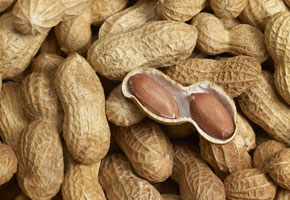
Peanuts are one of the most popular snacks in the U.S. And what’s not to love? They’re healthy, cheap and fun to cook as well as eat. But consuming them is only part of their appeal. Peanuts can do a whole lot more than just taste good.
Thanks to Dr. George Washington Carver, the peanut has taken it’s rightful place among other great snack foods like popcorn and chocolate. But Carver also developed many non-food uses for the peanut. Carver worked endlessly to find sustainable solutions for small farmers and to provide them with the resources to compete in economically challenging times. Sounds familiar, huh?!
The focus of Carver’s work (initially to find a replacement crop for the struggling southern economy during reconstruction) took the lowly peanut from nuisance crop to superstar. Dr. Carver saw the value of using the economy of the peanut — indeed the recyclability of the peanut — as a way to fill in the gaps for the financially strapped farmer of the time.
Carver researched and developed more than 300 uses for peanuts and peanut shells — everything from adhesives to hair tonics to biofuels. Today, the shells, skins and even the nut — are used to make a large number of non-food products, including detergent, salves, metal polish, bleach, ink, axle grease, shaving cream, face creams, soap, linoleum, rubber, cosmetics, paint, explosives, shampoo, and medicine. (Read more about uses for peanuts and peanut shells at The National Peanut Board.org)
But you don’t have to be a scientist to see the value of used peanut shells you might be scraping into the trash after your Labor Day weekend bash. Below are just a few ways you can reuse your own peanut shell and skins.
6 Ways To Use Peanut Shells
Pack them up. You can use peanut shells as packaging material for shipping. Of course, a handful of peanut shells won’t do the trick, but you can save them up over time. Think forward to next christmas when you can use peanut shells as a natural and biodegradable way to safely package your Christmas gifts.
Give Them To Your Kitty. Peanut shells make a great natural filler for your cat’s littler box.
Compost them. Peanut shells make great compost material. In fact, one of the main reasons Carver choose the peanut in the first place was because it would replace much needed nutrition to the overtaxed, cotton-tired soil of the south. Today, entire university studies are devoted to the science behind using peanuts as a systematic way of crop rotation.
Mulch them. Peanut shells don’t even need to be formally composted. They make great mulch when spread in your flower bed. They’re naturally dense construction provides warmth and coverage to your delicate plants. And when they decompose they provide nitrogen, an important nutrient, to the soil.
Burn them. Turns out that peanut shells make great kindling for your fireplace or wood burning stove.
Cage Them. Your favorite tiny pet will thank your for throwing a few peanuts into his cage. Whether you give little Pumpernickel The Hamster whole nuts or just shells, peanuts are a good source of fiber. Peanut shells make great teething material, and also make a warm, dry and happy nesting place for your furry friend.


 Contact us
Contact us






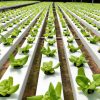
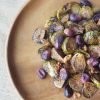
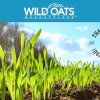












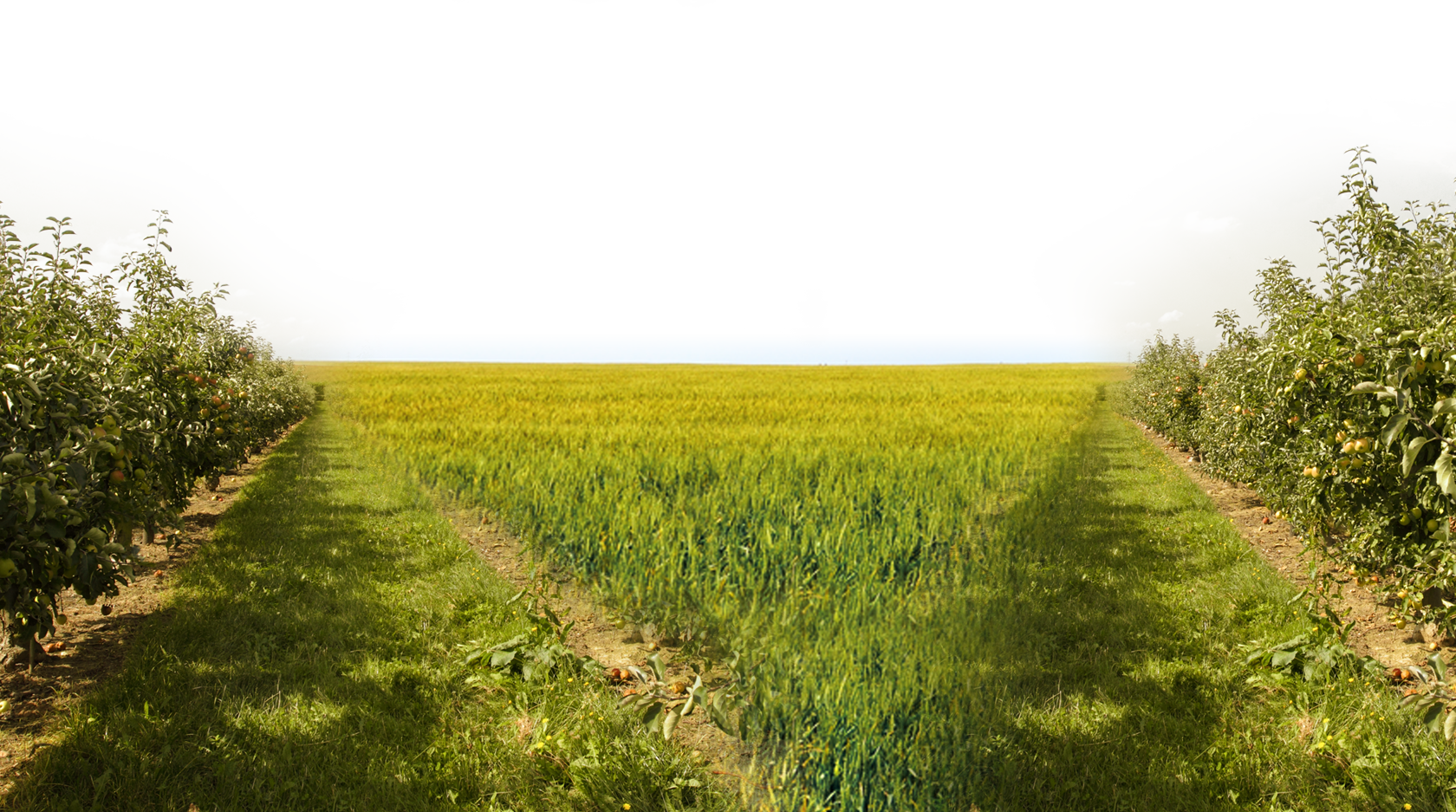






One Response to The Amazing Peanut, Part 1: More Than A Healthy Snack